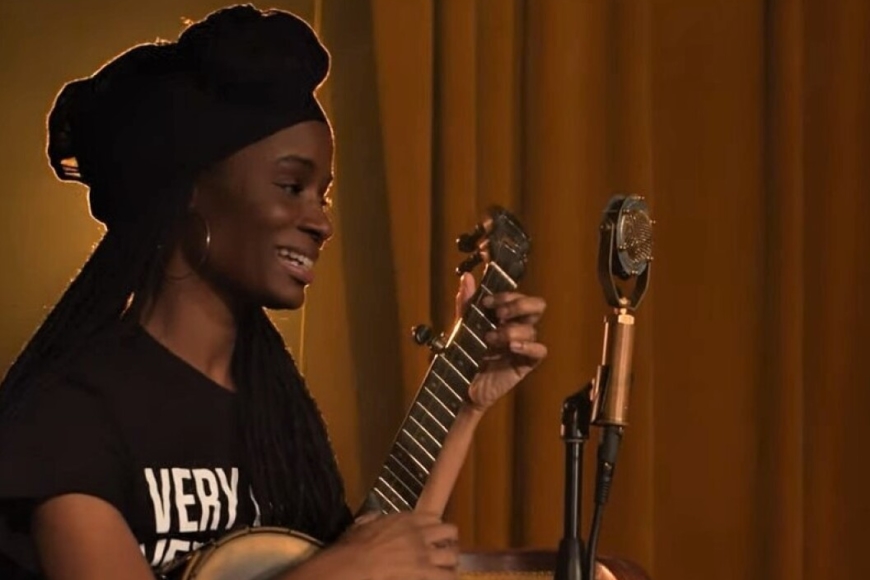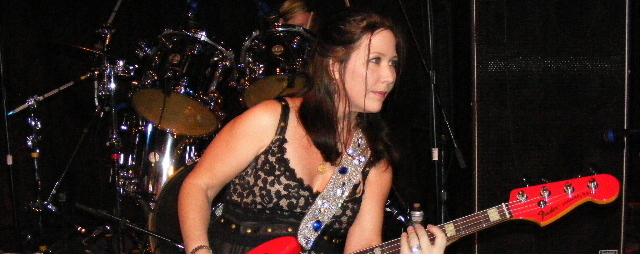Community members rallied to save the dance hall after it was slated for demolition.
Texas Standard | By Michael Marks / Published July 20, 2023 at 5:01 AM CDT
For the better part of 60 years, Lerma’s Nite Club was the place to be on a Saturday night on San Antonio’s West Side. The dance hall attracted some of the biggest names in conjunto music: artists like Lydia Mendoza, Narciso Martínez and Santiago Jiménez (senior and junior).
In 2010, however, the music stopped. The blue building on Zarzamora Street had deteriorated, and the city shut down Lerma’s after it was deemed unsafe to be inside. It looked like the building was going to be demolished.
But that’s not what happened. Instead, after years of restoration, Lerma’s will reopen Sunday as a neighborhood cultural center. The effort was led by the Esperanza Peace and Justice Center, a local community group. Graciela Sánchez, its executive director, spoke to the Texas Standard about saving Lerma’s.
This transcript has been edited lightly for clarity:
Texas Standard: First, can you say a little bit about what Lerma’s was like during its heyday as a nightclub? Did you ever get to go, by any chance?
Graciela Sánchez: I definitely got to go to Lerma’s, but not in its heyday; I got to go in its last moments. But yeah, we used to take artists from San Antonio and throughout the world to Lerma’s to hang out after an event or so.
And, you know, small little place, but just a lot of energy and ready for people to knock on its floors and enjoy a polka, a salsa or cumbia. And everybody just enjoyed it; anybody could dance and feel free at that moment.
What was required to save this place from demolition? How close was the wrecking ball?
The city officials were ready to tear down Lerma’s as, sadly, I think the city of San Antonio seems to be interested in doing a lot of the historic West Side of San Antonio, if not for the efforts of community members who rallied behind, who had memories, who wanted to see this building saved. Without the efforts of community, both locally and nationally, you know, we would have not been able to at least save the building from its wrecking ball.
We had, you know, professors who had once upon a time danced the way, and, they were now PhD’s in different parts of the country, and we were asking them to write letters. But it was the local community: It was the 8-year-old who was learning how to play accordion who went before City Hall and taught people his passion about trying to preserve not only the dance hall, but also the culture of good music. And so everybody from that 8-year-old to that 95-year-old was at City Hall, many people for the first time in City Hall. And so we, you know, testify, testify, testify.

The hardest part was raising the money. And it was hard to convince city leaders that they should set aside money. So we talked to city officials, and thank goodness there was a new leader in Roberto Treviño, who was an architect. And as soon as he came on, he said, “of course it can be saved.” So he found half a million dollars within his first hundred days in office.
Then we went before the county and said, “okay, the city has now just given us half a million; you need to match that.” And then we had Esperanza with community support and just monies that we had raised beforehand put in another million dollars.
Graciela, why was it so important to make this effort to save Lerma’s, in your view?
Lerma’s is another cultural space within this very important Mexican/Mexican-American community in San Antonio. We have very few of these cultural spaces still around. It’s our history, our culture, our traditions that are getting lost. So we are trying as hard as possible to figure out how to save it.
And we’re trying to get the city, state, nation to understand this: For communities of color, for poor and working class people of all colors, you know, our histories and our cultures and our traditions are also to be valued. And so I think we’ve been successful in kind of pushing that.
And the beauty of Lerma’s, I mean, everybody just drives by and is like, “wow.” We hope just, you know, to continue and have people go back and find joy in dancing, find health in the dancing, but also in the confidencia and the community spirit of getting to know each other and breaking borders between racial ethnic groups as well.



